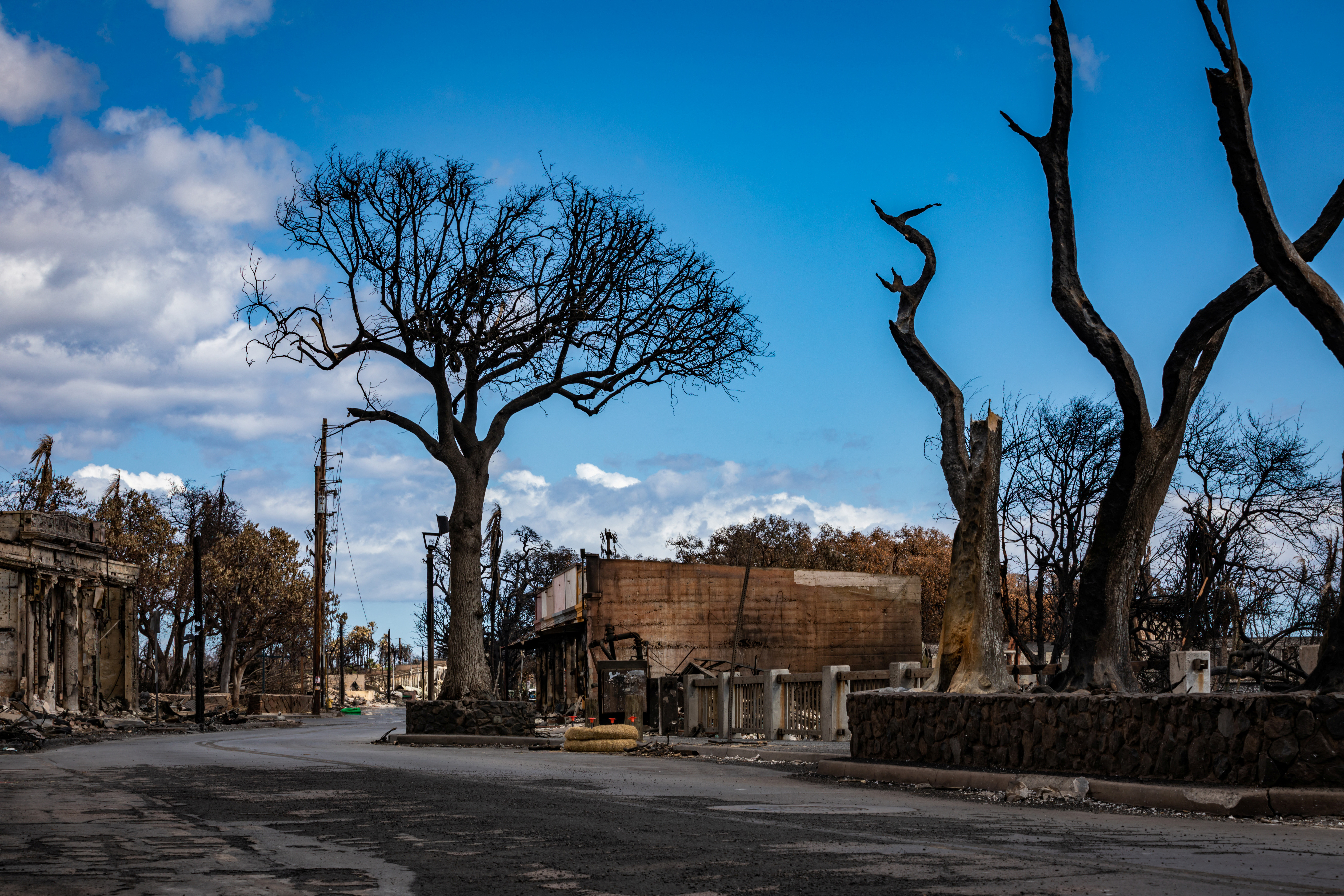U.S. Mortgage Rates Jump to Highest Level Since 2002
Mortgage rates in the United States have surged to their highest level in 21 years, posing challenges for potential home buyers in a market already plagued by high prices and low inventory. The average 30-year fixed-rate mortgage, which is the most popular home loan in the country, reached 7.09 percent, up from 6.96 percent the previous week, according to Freddie Mac. This is a significant increase from the 5.13 percent rate recorded a year ago.
Analysts predict that mortgage rates will remain high in the near term and only gradually cool down by the end of the year. The current rate is the highest since April 2002, marking a stark contrast to the years of falling rates that home buyers enjoyed, including a dip below 3 percent at the start of the pandemic. The rise in mortgage rates began last year when the Federal Reserve started increasing interest rates to combat rapid inflation. As a result, the housing market has stagnated, with homeowners benefiting from low mortgage rates being reluctant to sell their properties.
The scarcity of available homes for sale has contributed to elevated housing prices. In June, sales of existing homes dropped nearly 19 percent compared to the previous year, and the median price of an existing home was $410,200, the second-highest since data tracking began in 1999. Experts believe that the housing market will not cool off anytime soon, with Goldman Sachs revising its forecast for home prices upward and predicting a 1.8 percent rise this year and a 3.5 percent jump in 2024. The bank cited a tighter housing supply and steady demand as factors contributing to the affordability challenge.
The high mortgage rates are discouraging for potential home buyers, such as Kathleen Schmidt, who expressed her concerns about being able to afford a home. Affordability remains a persistent challenge for buyers, and analysts expect rates to remain elevated for some time. The scarcity of existing homes for sale has led buyers to consider new construction, with the sale of new homes increasing by nearly 24 percent in June compared to the previous year.
Finding affordable options in the housing market continues to be difficult, as the Federal Reserve has raised its policy interest rate to the highest level in 22 years in an effort to cool the economy and slow inflation. Although price pressures have eased, a recent increase in gasoline prices could impact inflation figures. The central bank has suggested that further rate adjustments could occur this year, but it may take several years for rates to return to pre-pandemic levels.
Mortgage rates are closely tied to the yield on 10-year Treasury bonds, which are influenced by various factors, including inflation expectations, the actions of the Federal Reserve, and investor reactions. On Thursday, the 10-year yield rose above 4.3 percent for the first time since 2007. The duration of high mortgage rates remains uncertain, with predictions that rates will gradually ease by next spring or the end of the year. However, the Fed’s fight against inflation and the recent downgrade in the nation’s credit rating continue to exert pressure on mortgage rates.
The housing market finds itself in a challenging position, and potential home buyers and market watchers are left wondering how long mortgage rates will remain high.

What factors contribute to the scarcity of homes for sale and the soaring housing prices, and how do they affect the overall housing market
S year, higher than its previous estimate of 1.5 percent.
The rise in mortgage rates is a significant setback for potential home buyers who are already grappling with high prices and limited inventory. With rates reaching their highest level in more than two decades, affordability becomes a major concern. As mortgage rates creep up, buyers may find it more difficult to qualify for loans, leading to a slowdown in the housing market.
Analysts expect mortgage rates to remain high in the near term, adding further pressure to an already constrained market. Buyers hoping for a cooling off of prices may have to wait until the end of the year, when rates are predicted to gradually decline. However, the current rate of 7.09 percent is a far cry from the historically low rates experienced during the pandemic, leaving buyers with fewer options and higher costs.
The Federal Reserve’s decision to increase interest rates last year played a role in the rise of mortgage rates. However, the effect has been more pronounced due to the reluctance of homeowners to sell their properties. With low mortgage rates benefiting existing homeowners, many are choosing to hold onto their homes, exacerbating the shortage of available inventory.
The scarcity of homes for sale has contributed to soaring housing prices. In June, existing home sales dropped significantly compared to the previous year, while the median price of an existing home reached the second-highest level on record. Housing market experts believe that the market will not cool off anytime soon, with Goldman Sachs revising its forecast for home prices upward.
Overall, the surge in mortgage rates to their highest level since 2002 presents challenges for potential home buyers. With already high prices and low inventory, the affordability of homes becomes an increasing concern. The housing market may face further stagnation until rates begin to gradually cool down towards the end of the year.

:watermark(https://f.pmo.ee//logos/4133/bb989514d16b88b940b51f02e07642d0.png,-2p,-2p,0,18,none)/nginx/o/2023/08/17/15529478t1h6f66.jpg)